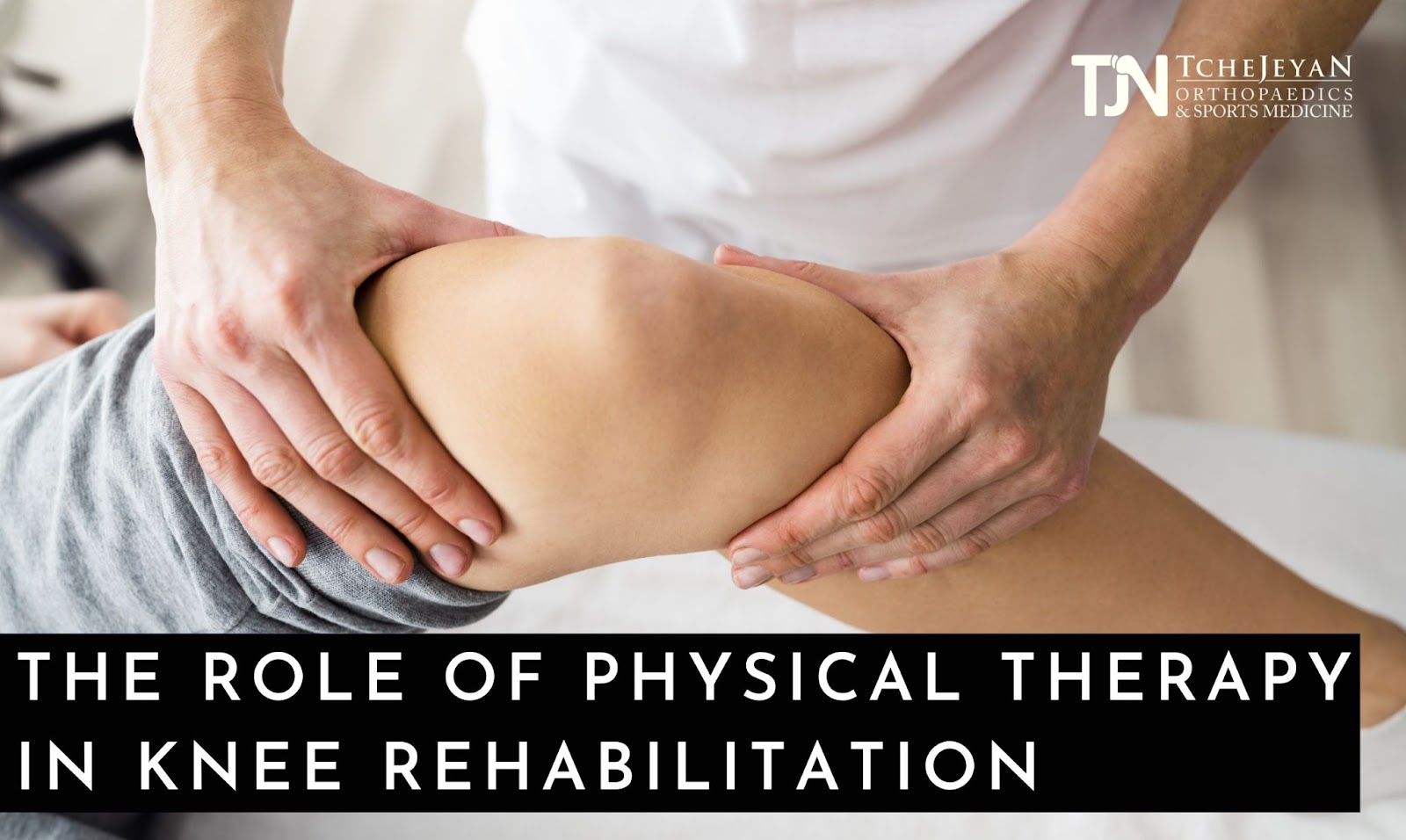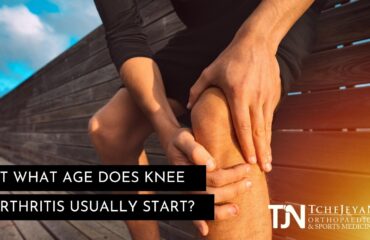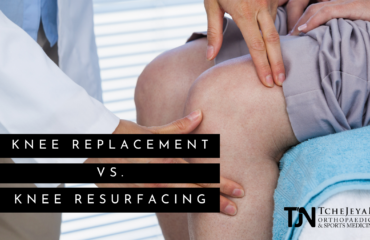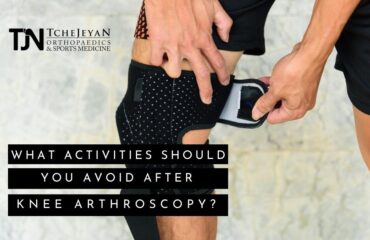The Role of Physical Therapy in Knee Rehabilitation
In the not-too-distant past, severe knee problems were often permanently debilitating. However, with advancements in surgical techniques and prosthetic devices, many knee conditions can now be effectively treated through surgery. But while surgery plays a crucial role in correcting these issues, the healing process extends beyond the operating room. In particular, physical therapy is an integral part of knee rehabilitation. Adhering faithfully to a physical therapy regimen following surgery is critical for restoring mobility and strength and enabling patients to return to an active and fulfilling life.
The Best Outcomes for Surgery Depend on a Comprehensive Approach
Knee surgery has come a long way, offering solutions to a wide range of conditions that were once debilitating. Surgical intervention can effectively address ligament tears, meniscus damage, cartilage problems, and even performing a complete knee joint replacement. Surgery provides the foundation for recovery but is only part of the treatment. But you need a comprehensive approach that includes physical therapy to get an optimal outcome for your surgery.
Physical therapy is not merely a post-surgery formality but a specialized process that focuses on restoring and improving physical function and mobility. It is a critical component of the healing process. Even when a surgeon uses minimally invasive techniques, surgery is traumatic to the body, and your body experiences unusual stresses. While scars can heal, and you often have a new or fixed joint, that is not enough. With knee surgery, your goal should be to restore full function to the knee as much as possible. By working closely with a physical therapist, patients can experience many benefits that enhance their recovery and overall quality of life following a surgical procedure.
Restoring Knee Function Requires Retraining the Joint
Physical therapy is often necessary not just for addressing what happened during surgery but what happened prior to the surgery.
When people have a knee problem, they often reduce their activity level. During this period, when their knee may be stiff and movement painful, they also adjust how they move to compensate for the problem. Consequently, many patients with ongoing knee problems have lost mobility, strength, and flexibility in their problem knees and have also adopted ways of moving that stress other parts of their bodies, such as their hips, ankles, and backs. Following knee surgery to correct the initial problem, mobility is further compromised due to pain, swelling, and stiffness.
Consequently, post-surgery physical therapy interventions, including targeted exercises and manual techniques, aim to gradually restore the joint’s range of motion and retrain the body to work with the new knee, enabling patients to regain flexibility and move more freely. Through personalized treatment plans, physical therapists address each patient’s specific needs and limitations.
Rebuilding Strength
Surgery alone can restore the integrity of a knee joint but cannot restore the overall strength of the knee. Physical therapy incorporates strength training exercises that target the muscles surrounding the knee joint. Strengthening these muscles helps stabilize the joint, reduces stress on the surgically repaired structures, and improves overall functionality. Through progressive resistance training, physical therapists guide patients in gradually increasing their strength, allowing them to regain their active lifestyles and helping to ensure that the repair is long-lasting.
Promoting Healing and Reducing Pain
Physical therapy techniques, such as electrical stimulation, ultrasound therapy, and hot/cold treatments, can facilitate healing after knee surgery. These modalities improve blood circulation, reduce inflammation, and alleviate pain, helping patients recover more comfortably. Physical therapists also educate patients on proper pain management strategies, ensuring they can effectively cope with discomfort during rehabilitation.
Enhancing Balance and Coordination
Following knee surgery, individuals often experience challenges with balance and coordination as they adjust to their new situation. Physical therapy addresses these issues through targeted exercises and balance training. By improving proprioception (the sense of where the parts of your body are even when you are not looking at them) and neuromuscular control, patients regain their stability, reducing the risk of falls and further injury. Restoring balance and coordination is crucial for patients to return to their daily activities and recreational pursuits confidently.
Optimizing Functional Independence
The ultimate goal of knee rehabilitation is to restore functional independence. Whether it means returning to sports, climbing stairs, or performing daily tasks without difficulty, physical therapy provides patients with the tools and guidance needed to achieve their desired level of functional independence.
Knee surgery has revolutionized the treatment of various debilitating conditions, offering patients renewed hope. However, the journey to full recovery from knee surgery necessitates physical therapy, which plays a vital role in rehabilitation. At TJN Ortho, we prescribe post-op physical therapy for our patients to ensure they can return to a fully active life. If you have knee pain from an injury or a degenerative condition, contact Tchejeyan Orthopaedics and Sports Medicine today.




